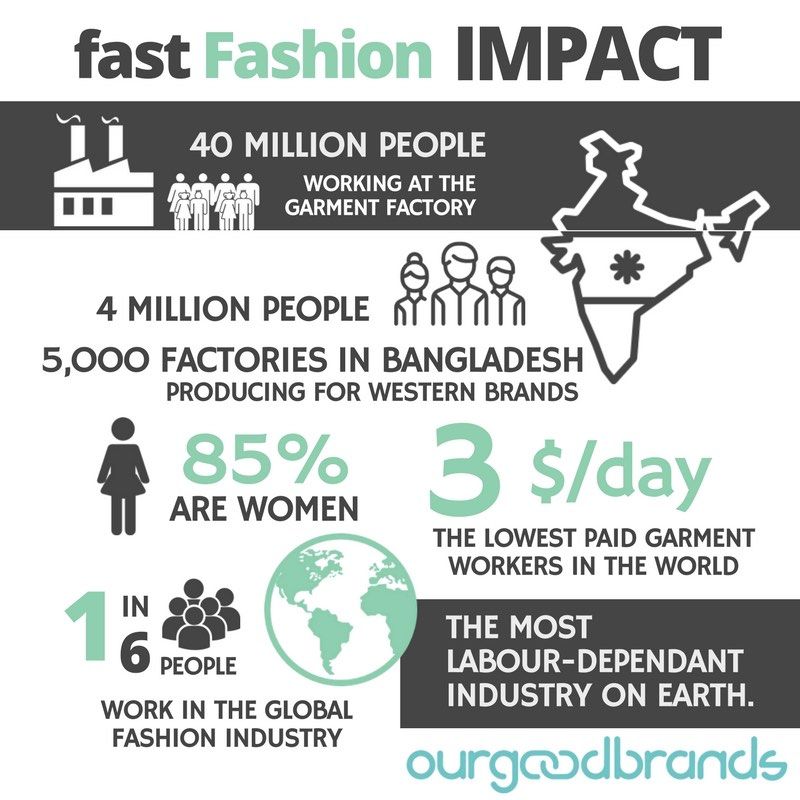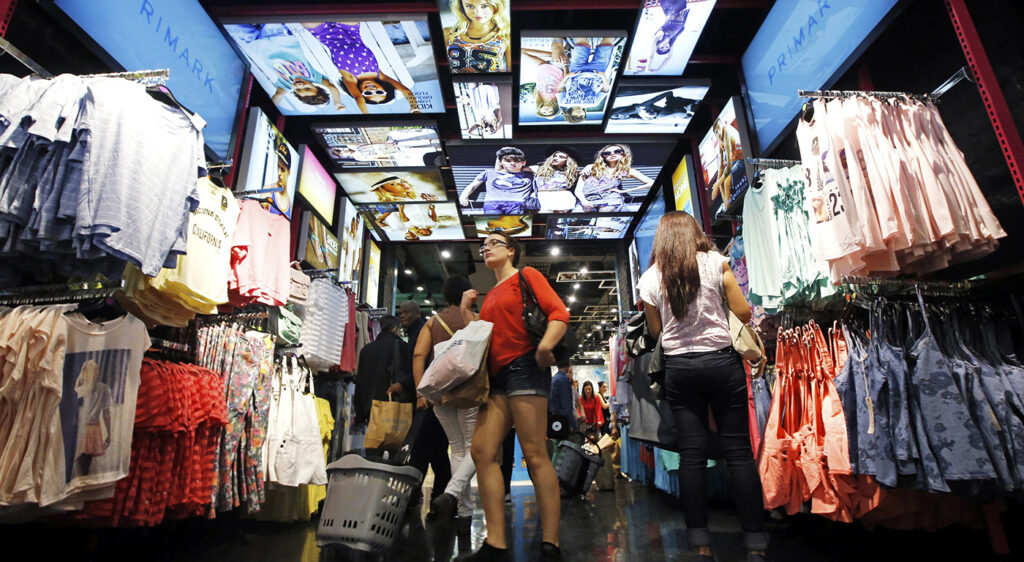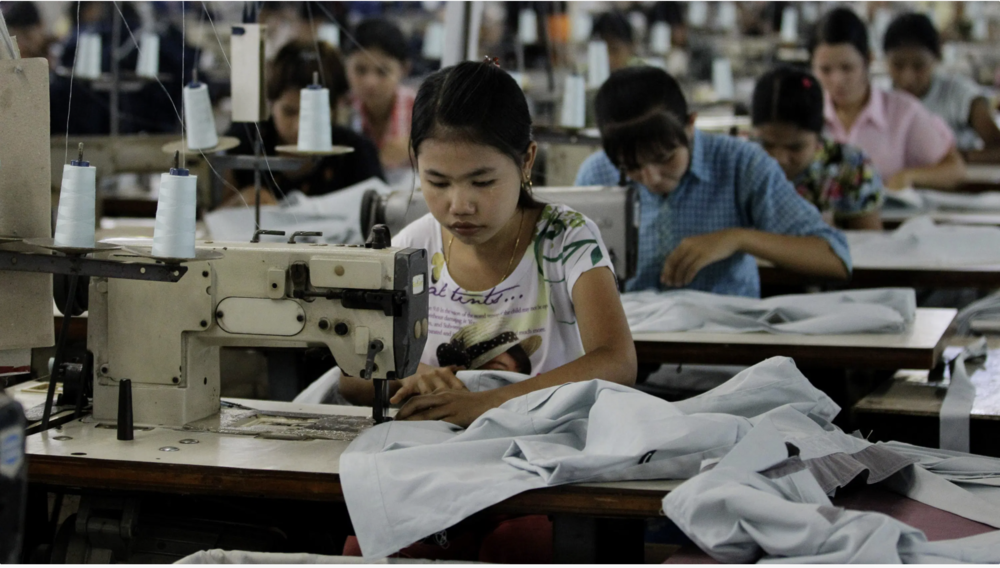By Evanthia Vasiliki Tagari,
It is a fact that today, fast fashion is the backbone of the consumer behavior of individuals in all its manifestations in everyday life. Factors such as globalization, the fast pace of life, the principle of overconsumption, and many others, have contributed and continue to contribute to the strengthening of this phenomenon. By “fast fashion”, we mean cheap clothing products -and not only- which are produced by wholesale market retailers responding to the latest fashion trends, thus constantly feeding the supply chain of stores and online stores. Two of the most iconic industries in this sector are ZARA and H&M.
At a first glance, this possibility may seem beneficial to the consumer, but nevertheless, the conditions surrounding this buying trend lead to several pitfalls that must be taken into account.
Advantages of “Fast Fashion”
The spread of the fast fashion industry did not happen and it is not accidental at all, as its existence in the market benefits to a large extent both the producer and the consumer for the following reasons:
- Low production costs. The main reason why fast fashion has become a thriving industry is due to low production costs. This allows companies to make quick and big profits, with clothing sales in recent years doubling from $1 trillion to $1.8 trillion, highlighting the immediate demand for this type of business. With low production costs, fast fashion brands are able to mass-produce thousands of products in a short period of time for a low market value that is extremely attractive to consumers.
- Customer satisfaction. The possibility offered to the consumer of purchasing cheap products that follow the trends imposed by the catwalks in every period of time, combined with the possibility of buying them with the push of a button and receiving them in a short time, makes fast fashion attractive and necessary to fulfill the wishes of every consumer without him spending a lot of money.

Disadvantages of “Fast Fashion”
Although fast fashion is quite affordable, it shows several black spots on its background. The reasons to rethink fast fashion are the following:
- Exploitation of working hands. Because of their desire for low prices and quick access, fast fashion companies are often associated with subcontractors in countries such as Bangladesh and Myanmar. In these areas and many more, the working conditions of people and even children are appalling, with the average hourly wage ranging from less than £3. This treatment is referred to as modern-day slavery, as the most prominent fashion companies are prosecuted for neglecting workers’ rights.
- Negative environmental footprint. Unfortunately, a huge disadvantage of fast fashion is the damage it causes to the environment. The fashion industry as a whole is actually the second-worst polluter on the planet. This situation is due to the waste of billions of materials all year round to manufacture the products that will eventually reach the consumer. A typical example is a need for 2,700 liters of water to make a cotton t-shirt. Non-renewable synthetic polymers, which are used to extend the life of clothes, are also a major problem as the production of this type of material results in the release of gases that are 300 times more harmful than carbon dioxide. In the same context, but on the part of the consumer, the indiscriminate consumption of such products, especially non-recyclable ones, leads to the disposal of large volumes of waste in the environment, which exacerbates the problem of their accumulation in it.
- Cost-effective “fast fashion”. The prices of consumer products are relatively affordable and extremely low compared to products produced under normal conditions. Nevertheless, the quality of the materials provided to the consumer in the two different cases has nothing to do with it. Eventually, the cheap quality of materials included in consumer products leads to their purchase over and over again, with the result that the cost of their purchase exceeds the purchase of an initially more expensive but quality product. In other words, “fast fashion” ends up “costing” more to the consumer, something the consumer does not realize.

Finding a balance
The difficulty of transitioning from well-rooted fast-paced consumer behavior, especially at a time when the financial crisis does not leave much room for such financial investment, is obvious. However, small steps or small changes in the treatment of fast fashion not as a one-way street but as a second choice can be quite beneficial. And let’s not forget that fast fashion caters to our own needs, if our needs change and become more sustainable, it will eventually change as well. So let us become more demanding consumers in terms of the transparency of these companies and their production stages with the aim of turning to a more sustainable fashion that will respect the environment, the consumer, and the employee.
References
- Apparel Magic, Fast Fashion VS. Sustainable Fashion, Available here
- Baggy Boys Co., Fast Fashion Pros and Cons, Available here
- Literally Darling, The Pros and Cons of Fast Fashion, Available here




